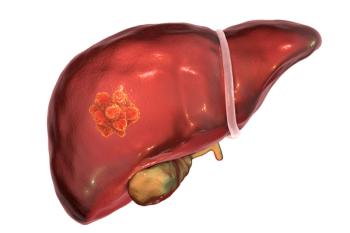
Scientists recently tested a new means of detecting early-stage liver cancer using surface-enhance Raman spectroscopy (SERS).

Scientists recently tested a new means of detecting early-stage liver cancer using surface-enhance Raman spectroscopy (SERS).
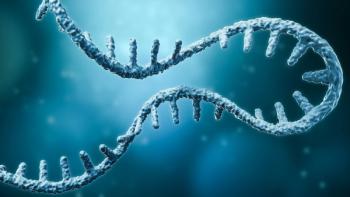
Duke University researchers, led by Joy Q. Li, revolutionize biomedical diagnostics with a multiplexed SERS-based nanosensor called inverse molecular sentinel (iMS) for micro-RNA detection, employing machine learning, particularly convolutional neural networks (CNN) and non-negative matrix factorization (NMF), to achieve higher accuracy in spectral unmixing, paving the way for more precise and efficient clinical diagnostics.

Researchers at Nanjing University of Science and Technology, led by corresponding have introduced an advancement in surface-enhanced Raman spectroscopy (SERS) with two-dimensional amorphous titanium dioxide/silver (a-TiO2/Ag) nanosheets, demonstrating exceptional sensitivity and repeatability in chemical detection applications.

Ascorbic acid (AA), melatonin (Mel), glutathione (GSH), tea polyphenols (TPP), and uric acid (UA) were distinguished in this experiment by three analyses: heat map, hierarchical cluster, and linear discriminant.
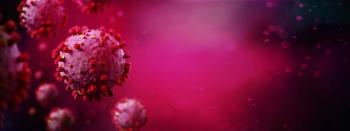
In a recent study, scientists used a combination of SERS, butanol, and gold nanoparticles to analyze the virus.

Researchers have developed a new biosensors decorated with silver nanoparticles that enable the sensitive detection of the Acyclovir drug on filter paper substrates.

There is a growing desire among spectroscopists for having instruments small enough to be taken to the sample, as opposed to bringing the sample to the instrument. The result is that Raman spectrometers are becoming more miniaturized. Because these instruments come at a lower cost and offer distinct advantages over traditional spectrometers, the expectation is that a rapid expansion of when these instruments are applied will come forthwith. We offer a preview of how future miniaturized Raman spectrometers might look.
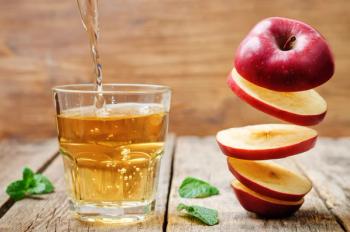
Researchers have created a flexible SERS substrate based on Au nanostars and PDMS, enabling highly sensitive detection of thiram residue in apple juice. The innovative substrate offers a reliable method for ensuring food safety by accurately identifying pesticide contaminants.
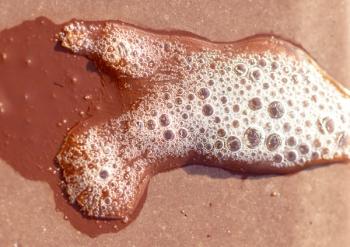
Researchers have developed an ultrasensitive and rapid detection method using surface-enhanced Raman spectroscopy (SERS) for multiple dopings in saliva and urine, offering potential advancements in doping control measures.

Researchers explore the impact of sandwich-type DNA construction and plasmonic metal on the signal generated by surface-enhanced Raman scattering (SERS) DNA sensors, giving insight on optimization strategies for improved detection.

A new study has developed a low-cost, sensitive SERS substrate using silver nanoparticle functionalized paper for the detection and analysis of rotavirus in clinical stool samples.
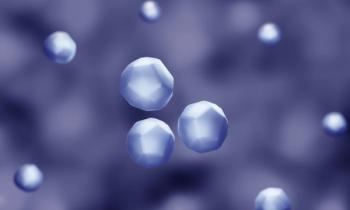
Factor analysis (FA) of the time series of surface-enhanced Raman scattering (SERS) spectra was used to reveal changes in water arrangement and surface plasmon extinction (SPE) in silver nanoparticle systems, which could help to interpret SERS results more accurately.

SERS of centrifuged blood serum samples of diabetic type II patients using 50 KDa filter devices can diagnose the disease at an early stage by studying small molecular weight proteins.

Scientists have developed a solution-based surface-enhanced Raman spectroscopy (SERS) protocol using polystyrene sulfonate modified gold nanobipyramids (PSS-Au BPs) for the detection of cationic dye molecules in aquaculture.
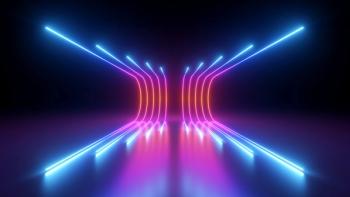
The DeepRaman method proposed in the study is an accurate, universal, and ready-to-use method for component identification in various application scenarios.
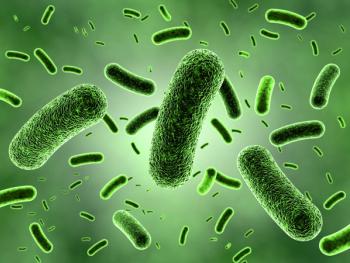
A new bifunctional gold-platinum (Au@Pt) core–shell nanozyme can detect foodborne bacteria with high sensitivity, which suggests the technique could provide an efficient way to detect pathogens and prevent their spread through contaminated food products.

According to the study, surface-enhanced Raman spectroscopy (SERS) was used to develop a new semiconductor-based technique for identifying trace chemicals.

Glycoproteins are becoming popular in the pharmaceutical industry, prompting the need for an effective spectroscopic technique that can differentiate them. SERS is one such technique ideal for glycan analysis for several key reasons, which are discussed here.

This study shows that surface-enhanced Raman spectroscopy (SERS) of serum can provide an experimental basis for diagnosing leukemia in patients.

The Covid-19 pandemic has led to extraordinary developments of both testing methods and vaccines. Can spectroscopy play a role in next-generation testing for Covid and other pathogens?

Katsumasa Fujita, a professor of applied physics at Osaka University, has been working to improve techniques for imaging biological samples using spontaneous Raman scattering.

Zac Schultz of The Ohio State University and his team used tip-enhanced Raman spectroscopy (TERS) and surface-enhanced Raman spectroscopy (SERS) with gold nanostars to investigate chemical reactions involved in protein–ligand binding. He recently spoke with Spectroscopy about his findings.

Bhavya Sharma is the winner of the 2021 Emerging Leader in Molecular Spectroscopy Award. We recently interviewed her about her work conducting research to detect active and important biomolecules related to hormone regulation, neurological health, and disease diagnosis.

Roy Goodacre, a professor of biological chemistry at the University of Liverpool in the United Kingdom, first used SERS to achieve whole-organism fingerprinting of bacteria and then explored SERS in a variety of other applications, including within biotechnology, disease diagnostics, quantitative detection, imaging, food security, and more. Goodacre is the 2021 winner of the Charles Mann Award for Applied Raman Spectroscopy. This interview is part of an ongoing series of interviews with the winners of awards that are presented at the annual SciX conference.

Analytical chemists are continually striving to advance techniques to make it possible to observe and measure matter and processes at smaller and smaller scales. Professor Vartkess Ara Apkarian and his team at the University of California, Irvine have made a significant breakthrough in this quest: They have recorded the Raman spectrum of a single azobenzene thiol molecule. The approach, which breaks common tenets about surface-enhanced Raman scattering/spectroscopy (SERS) and tip-enhanced Raman spectroscopy (TERS), involved imaging an isolated azobenzene thiol molecule on an atomically flat gold surface, then picking it up and recording its Raman spectrum using an electrochemically etched silver tip, in an ultrahigh vacuum cryogenic scanning tunneling microscope. For the resulting paper detailing the effort [1], Apkarian and his associates are the 2021 recipients of the William F. Meggers Award, given annually by the Society for Applied Spectroscopy to the authors of the outstanding paper appearing in the journal Applied Spectroscopy. We spoke to Apkarian about this research, and what being awarded this honor means to him and his team. This interview is part of an ongoing series with the winners of awards that are presented at the annual SciX conference. The award will be presented to Apkarian at this fall’s event, which will be held in person in Providence, Rhode Island, September 28–October 1.